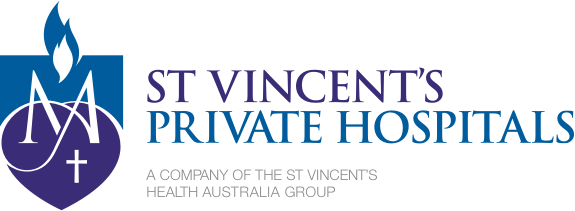Patient resources What are Haemorrhoids?

Important information for all patients
Please read prior to admission
Haemorrhoids, also known as piles are swollen varicose veins located in the lowest part of the rectum and anus. Haemorrhoids are common in mid to later life and can often become recurrent and painful. Fortunately, there are multiple treatment options available.
Types of haemorrhoids
- Internal haemorrhoids - These are found inside the rectum and are typically painless but can often cause bleeding. For example you may notice bright red blood on the toilet paper or in the toilet bowl.
- Prolapsed haemorrhoids - Prolapsed haemorrhoids are internal haemorrhoids that extend beyond the anus, outside of the body. This is particularly common after going to the toilet and often causes pain.
- External haemorrhoids - These are hard lumps protruding outside of the anus, caused by small bleeds under the skin. External haemorrhoids can also cause sudden and severe pain.
Symptoms
Pain and bleeding are the two most common symptoms of haemorrhoids. Pain can be sudden and severe or continuous. Most people with internal haemorrhoids tend to notice bleeding of a bright red colour, either on the toilet paper, streaked in the bowel motion, or in the toilet bowl. If bleeding occurs it is important to seek medical advice as soon as possible.
Causes
Generally haemorrhoids develop slowly over time. When blood flow in the small blood vessels and veins in and around the anus is impeded it can result in the vessels and veins becoming distended and eventually growing fat and lumpy.
Main causes for this can include –
- Straining when going to the toilet and passing bowel motions
- Chronic constipation and prolonged sitting on the toilet
- Pregnancy and childbirth
- Hereditary factors
- Strenuous manual labour
- Weakening of muscles can cause haemorrhoids to bulge and prolapse.
Prevention
Both treatment and prevention of haemorrhoids relies on eliminating constipation and creating good bowel habits. By following a diet high in fibre from foods such as vegetables, fruits and cereals as well as ensuring adequate water (6-8 large glasses) intake in order to help produce soft bowel motions that can be passed easily and regularly.
Treatments
Treatment options can also include –
- Ointments or suppositories that are designed to help shrink and shrivel haemorrhoids
- Band ligation of haemorrhoids – a procedure in which a small band that is designed to ligate (tie up) the vein is placed around the base of the haemorrhoid. This procedure can only be used on internal haemorrhoids.
- Surgery – this is generally a last resort and often needed to treat external haemorrhoids
It is important that if you are experiencing any of the above symptoms that you seek medical advice from your General Practitioner, as many of the symptoms associated with haemorrhoids can also be caused by more serious medical conditions. Early treatment is the best way to improve long-term health and wellbeing.


